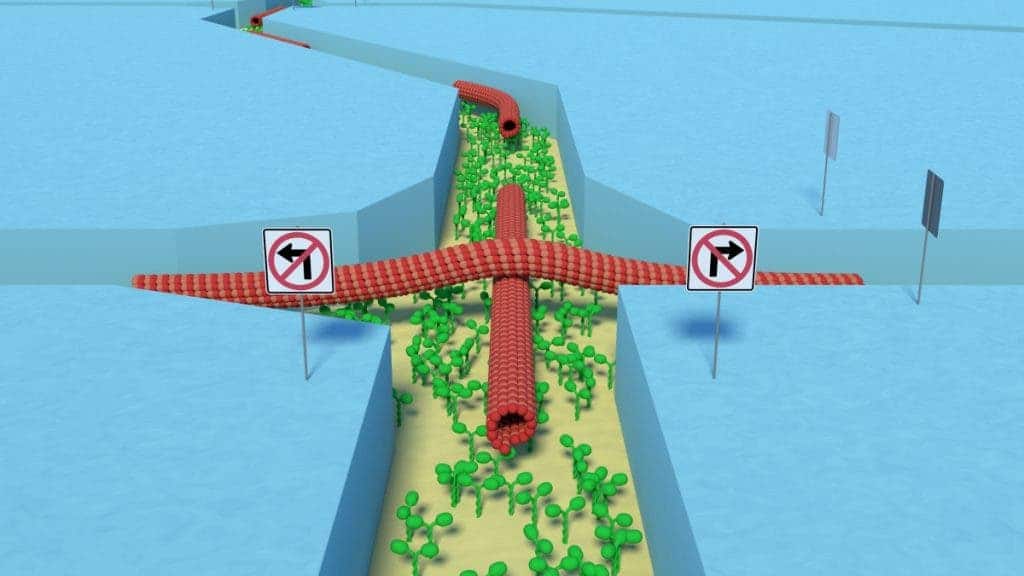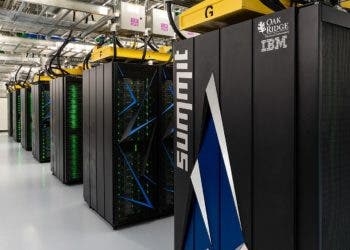A revolutionary new supercomputer powered by Adenosine triphosphate (ATP), the energy source for every living cell in your body, is ridiculously small and much more efficient than a traditional supercomputer. That’s because instead of electricity, this computer is powered by biological agents. This means it needs little to any cooling, and can be scaled to the size of a book.
The breakthrough was made by a team led by Prof. Nicolau, the Chair of the Department of Bioengineering at McGill, in collaboration with researchers from Germany, Sweden and Holland.
“We’ve managed to create a very complex network in a very small area,” says Dan Nicolau, Sr. with a laugh. He began working on the idea with his son, Dan Jr., more than a decade ago and was then joined by colleagues from Germany, Sweden and The Netherlands, some 7 years ago. “This started as a back of an envelope idea, after too much rum I think, with drawings of what looked like small worms exploring mazes.”
Today, supercomputers can be as big as a warehouse and cost in the range of hundreds of millions of dollars. They also suck a lot of energy, which seems to run directly counter to calls for energy efficiency and conservation. The National Security Agency, for example, has created a mammoth 1.2 million square foot facility in the deserts of Utah that cost at least $1.5 billion and consumes 65 MW of power and 1.7 million gallons of water per day. But are they worth it? You bet.

All those silicon powerhouses work in tandem, processing data in parallel computations. Some operations might take your computer years to make, but only minutes on a supercomputer. Take the simulations of the interactions between 64 million atoms that form the HIV capsid, the protein shell that protects the virus’ genetic material. The computations required are simply staggering, but once complete scientists could discover how atoms work together to protect the HIV genetic material. Then you can design drugs, probably modeled using the same supercomputer, that interfere with that cooperation, and the virus can then be neutralized. This process could be significantly streamlined by a biological computer, if it can ever be fully scaled.
Stripped to its bear essence, the biological supercomputer looks like the road map of a busy city, where vehicles of different sizes and power move along designated roads (channels). In this case, the city is a 1.5 cm square chip with etched channel through which short string of proteins, not electrons, zip past. This movement is powered by the chemical ATP — the juice of life. “This started as a back of an envelope idea, after too much rum I think, with drawings of what looked like small worms exploring mazes,” Nicolau said.
This circuit was used to solve a complex classical mathematical problem by using parallel computing of the kind used by supercomputers. Of course, its capabilities are light years away from a conventional supercomputer. These are just the first baby steps, though. Moreover, Nicolau reckons some very interesting things could happen if you combine the two — biological and conventional computing — in a hybrid model. “Right now we’re working on a variety of ways to push the research further.”
Findings appeared in PNAS.






